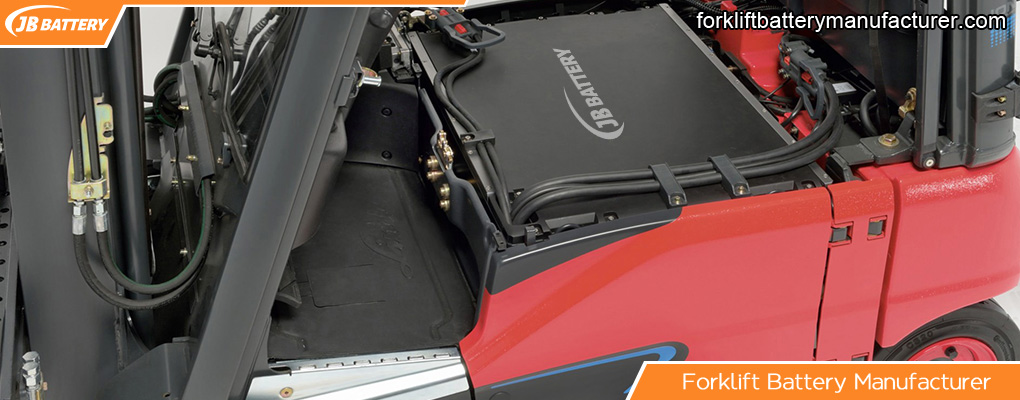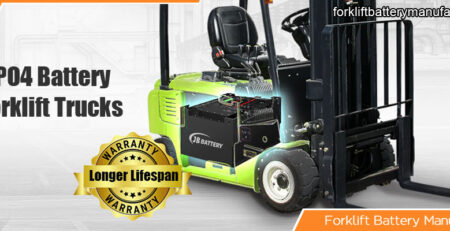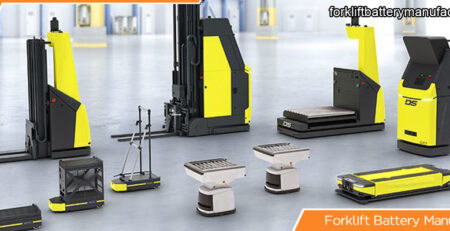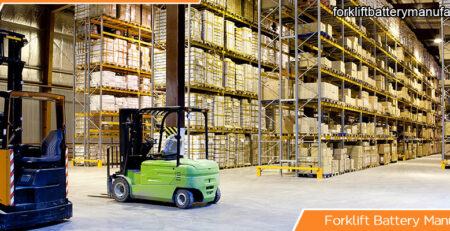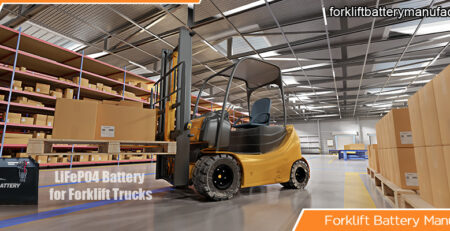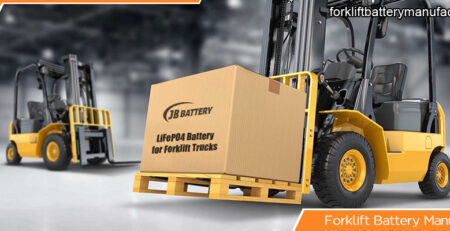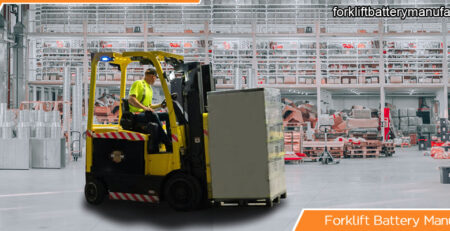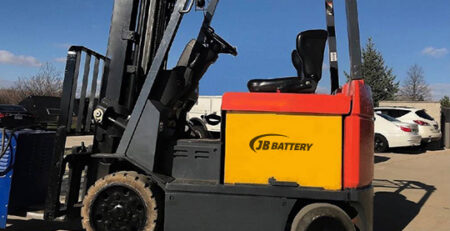Understanding About Electric Forklift Trucks Load Capacity
One of the most important elements of accident prevention is keeping a safe load capacity. We’ll explain what it is and what you need to know to stay safe.
SAFETY IS AN IMPORTANT TOPIC FOR ALL FORKLIFT OPERATORS.
Just to name a few, operators must be trained on the specific forklift and in the specific work environment which includes:
understanding the purpose and function of all features (e.g. horn, alarms, controls, etc.) of the lift truck
being aware of any potential workplace hazards and how to avoid them
never operating a forklift for any purpose other than its intended use
while traveling, do so at a safe speed, look in the direction of travel, and keep the load at a lowered travel height
always properly securing the load
and never exceeding the rated capacity of the forklift they are operating
That last bullet point is critical. Keep reading to understand why a forklift’s load capacity is important.
WHAT IS THE LOAD CAPACITY OF A FORKLIFT?
A forklift’s maximum load capacity, or weight capacity, is the maximum rated load it is allowed to lift for a given forklift and attachment configuration. The stated load capacity of a forklift only applies to the load center indicated on the load capacity data plate. If the load’s center of gravity is not centered at the specified position, the forklift’s weight capacity will be reduced. Loads come in all shapes and sizes, not just symmetrical boxes.
WHAT IS THE MAXIMUM WEIGHT A FORKLIFT CAN CARRY?
The maximum weight a forklift can carry depends on several factors. The load size, position and weight distribution all critically affect the forklift’s load capacity and the stability of the truck. For example, if a 2,000-pound rectangular box is stood up vertically, the forklift’s load capacity will be higher than if it is positioned horizontally with the long end of the box overhanging the forks.
Some forklifts may require additional counterweight be installed to help offset the weight being lifted by the forklift. This helps keep the forklift stable while it’s lifting and moving. Forklifts are designed for maximum carrying capacities using the counterweight for balance, the front wheels as the balance point and the center of the forks as a predetermined location on the forks where the load’s center of gravity needs to be located in order to achieve the maximum load capacity (i.e. load center).
Different load carrying attachments can also have an effect on a forklift’s maximum load capacity. It’s important to make sure that operators understand the new rated capacity of the forklift whenever a new attachment is used. In some cases, the forklift’s maximum rated capacity will be decreased when a different attachment is used.
Mast height can also influence a forklift’s maximum rated load capacity, as the rated capacity can be reduced at greater lift heights. Forklifts with high masts may have different capacity ratings for the different lift heights; operators should always refer to the forklift manufacturer’s load capacity data plate and the Operator’s Manual for mast height capacity ratings.
RISKS OF EXCEEDING FORKLIFT LOAD CAPACITIES
There are several potential hazards that can occur when a forklift exceeds its maximum load capacity. These include, but are not limited to:
Tipping over
Dropping the load
To avoid these risks, operators should:
know where to find the forklift’s load capacity data plate
understand the effects of a load’s weight, shape, size and position on a forklift’s rated capacity
minimize the distance from the front wheels to the load’s center of gravity
load the heaviest part towards the mast
WHAT IS A FORKLIFT LOAD CAPACITY DATA PLATE?
All forklifts are equipped with a load capacity data plate. It is usually found in a location that the operator can see from the normal operating position or can easily access. This plate, which also may be in the form of a durable decal, goes by a variety of names including nameplate, data plate, weight plate or load plate. Depending on the forklift make and model, the plate will differ slightly and may display some or all of the following information:
General forklift information such as: brand and model, serial number, and forklift type.
Information on parts and components: Tire types and sizes, mast type and front tire tread.
Weight and load information:
Forklift weight
Battery weight
Attachments used in determining load capacity
Load capacity
Maximum lift height
Load center distances
ABOUT FORKLIFT BATTERY TO THE CAPACITY
If you want your forklifts get the maximal capacity, and keep the forkfilfts work stable, you must have the right forklift batteries to drive your forkfilts. JB BATTERY is a professional manufacturer, we have over 15 years experiences for researh battery performance for forklift. JB BATTERY’s LiFePO4 lithium-ion battery series can drive the forklift very well, and it’s the best choice for electric forklift.
HOW TO AVOID LOAD CAPACITY ISSUES
Here are some basic rules you can follow to avoid running into forklift load capacity issues and unsafe work environments.
Ensure operators are trained and have read and follow the instructions in the operator’s manual
Always make sure the forklift is in proper working condition
Never exceed the forklift’s stated load capacity on the load capacity data plate
Buy or lease forklifts with a load capacity that’s more than what you need for the job
Make certain that the load capacity data plate is legible and matches your specific forklift / attachment combination
Train operators to always know the weight of the loads they are going to carry and to use the load capacity data plate – never make assumptions
Always travel at a speed that will maintain control of the forklift and load and keep the load in the lowest position possible
Operator awareness and proper training are the best means for accident prevention.
If you still have forklift load capacity questions, contact your local forklift dealer for assistance.

